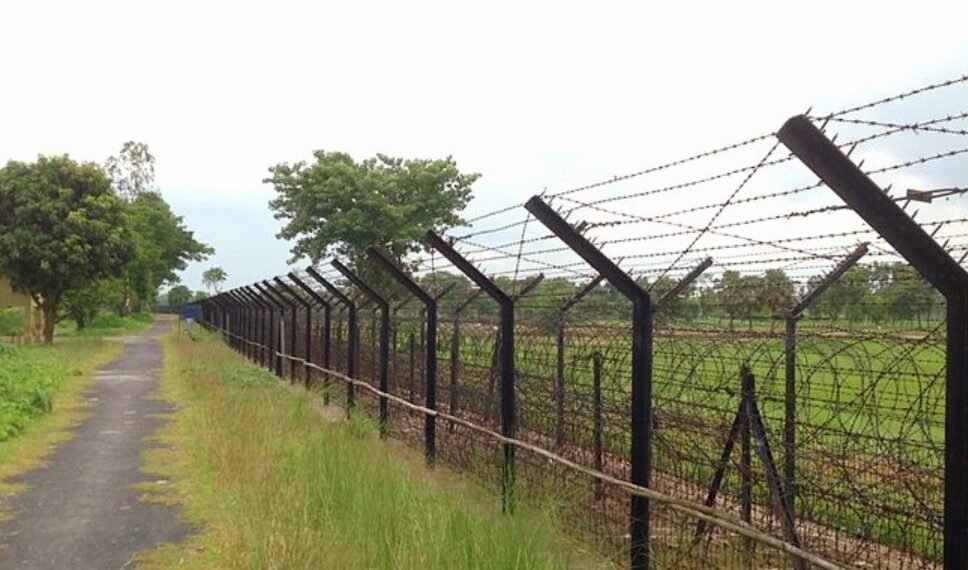In a significant move aimed at enhancing security and curbing illegal activities along the Indo-Myanmar border, the Indian government, under the leadership of Home Minister Amit Shah, has announced plans to fence the entire 1,643 km long border.
This decision marks the end of the free movement regime (FMR) between the two countries to bolster surveillance and crack down on insurgencies, smuggling, and drug trafficking in the region.
Announcing the plan to fence the entire border, Home Amit Shah posted on X:
”The Modi government is committed to building impenetrable borders. It has decided to construct a fence along the entire 1643-kilometer-long Indo-Myanmar border. To facilitate better surveillance, a patrol track along the border will also be paved. Out of the total border length, a 10 km stretch in Moreh, Manipur, has already been fenced. Furthermore, two pilot projects of fencing through a Hybrid Surveillance System (HSS) are under execution. They will fence a stretch of 1 km each in Arunachal Pradesh and Manipur. Additionally, fence works covering approx 20 km in Manipur have also been approved, and the work will start soon.”
The Modi government is committed to building impenetrable borders.
It has decided to construct a fence along the entire 1643-kilometer-long Indo-Myanmar border. To facilitate better surveillance, a patrol track along the border will also be paved.
Out of the total border length,…— Amit Shah (Modi Ka Parivar) (@AmitShah) February 6, 2024
Ending the Free Movement Regime
The Indo-Myanmar border currently operates under a free movement regime that allows individuals from both sides to venture up to 16 km into each other’s territory without any documentation. However, the decision to fence the entire border signifies a departure from this regime, signaling a more stringent approach towards border security.
However, Home Minister Amit Shah emphasized the government’s commitment to building impenetrable borders and announced plans to construct a fence along the border. Additionally, a patrol track will be paved along the border to facilitate better surveillance and monitoring of activities in the region.
Also read – India to Add More ‘Eyes in the Sky’ amidst China and Pakistan Threat
Progress and Future Plans
While a specific deadline for completing the fencing has not been set, progress has already been made in certain areas. A 10-km stretch in Moreh, Manipur, has been fenced, and two pilot projects for fencing in Arunachal Pradesh and Manipur are underway. Furthermore, fence works covering approximately 20 km in Manipur have been approved and will commence soon.
The decision to fence the Indo-Myanmar border is rooted in assessments by central intelligence and security agencies, which highlight the role of porous borders in facilitating insurgencies, smuggling, and the drug trade. By ending the free movement regime and requiring valid travel documents for entry into India, the government aims to tighten security measures and prevent unauthorized activities along the border.
The Indo-Myanmar border traverses states like Mizoram, Manipur, Nagaland, and Arunachal Pradesh, each with unique challenges and security concerns. Manipur Chief Minister N Biren Singh and other regional leaders have welcomed the decision, citing the need to curb insurgent activities facilitated by the free movement regime.
Former Director General of NIA, Y C Modi, hailed the decision as a crucial step towards stopping insurgency in the northeast. He emphasized the significance of border fencing in preventing insurgents from crossing into Indian territory and conducting illicit activities.
In conclusion, the decision to fence the entire Indo-Myanmar border reflects the government’s proactive approach towards border security and curbing illegal activities. While challenges remain, the strategic implementation of this initiative is expected to have far-reaching implications for regional security and stability.












